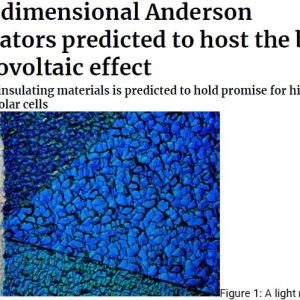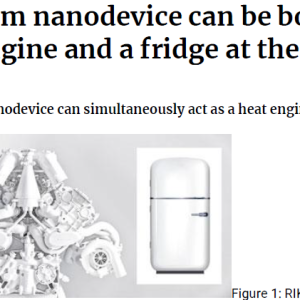
Dominant factors for hydrogen embrittlement in Al–Zn–Mg alloys
₩4,000
The surrogate–based microstructural optimization was applied to describe the relationship between local crystallographic microstructure and intergranular
hydrogen embrittlement in an Al–Zn–Mg alloy. The support vector machine with an infill sampling criterion was used to realise high–accuracy optimisation with a
limited size of data set. The methodology integrates thoroughgoing microstructural quantification, a couple of coarsening processes and the surrogate modelling.
An objective function was defined together with 66 design parameters, which quantitatively express the size, shape, orientation and damage during specimen
machining for surface grain boundaries and grains. The number of design parameters was then reduced from 66 to 3 during the two–step coarsening process. It
has been clarified that intergranular crack initiation is described using the simple size of grains and grain boundaries together with grain boundary orientation with
respect to the loading direction. It can be inferred that those design parameters are of crucial importance for crack initiation through the elevation in stress normal
to grain boundaries. Correlation between the selected design parameters and crack initiation was rather weak compared to the past application of a similar
technique to particle damage. The reason for this was discussed. The present approach offers a cost–efficient solution for the prevention of hydrogen embrittlement
through 3D design of crystallographic microstructure, which cannot be obtained with the conventional approaches for developing materials.





상품평
아직 상품평이 없습니다.